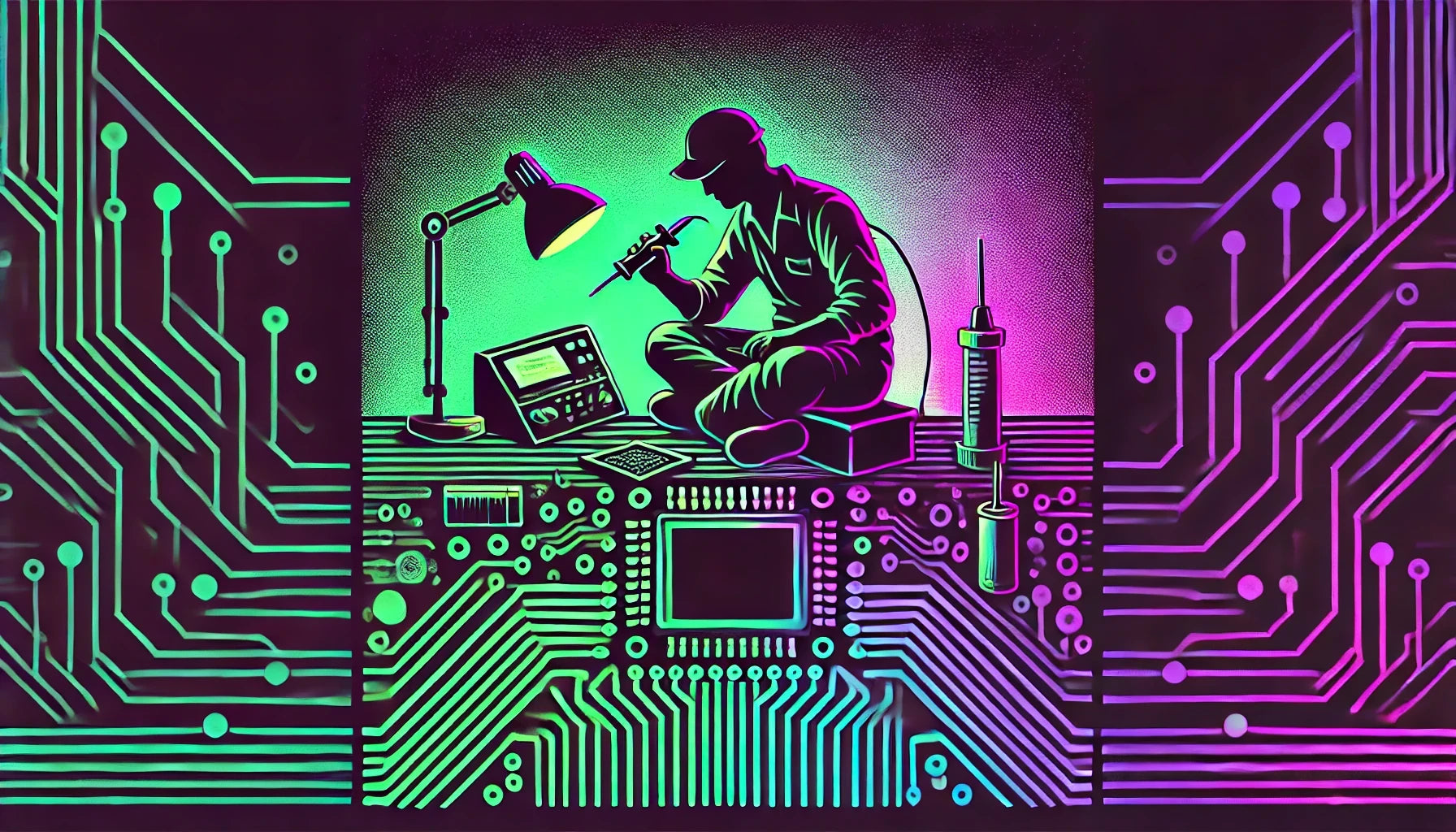No Gradients Provided for Any Variable Error Overview
- The error message "No gradients provided for any variable" in TensorFlow indicates that during the backpropagation process, TensorFlow was unable to compute gradients for any of the model's trainable variables.
- This typically means that the automatic differentiation engine did not have any operation in the computational graph that it could differentiate with respect to the trainable variables.
Context of the Error
- The generation of gradients is a critical step in the optimization process of a neural network. It involves computing the derivatives of the loss function with respect to each trainable parameter of the model.
- Gradients are then used by optimization algorithms, such as SGD or Adam, to update the model's parameters in an effort to minimize the loss function.
Implications of the Error
- When no gradients are provided for any variable, the model's parameters cannot be updated, effectively halting learning. This means that the training process can't make any progress from the initial state.
- Without gradients, the optimizer has no direction to adjust the model weights, and hence, the model remains static in terms of learning capabilities.
Example Scenario
- Consider a TensorFlow model that's incorrectly defined. When attempting to train this model without a proper path for computing gradients, you might see an error like this:
```python
import tensorflow as tf
model = tf.keras.Sequential([
# Adding layers without proper activation or meaningful operations
tf.keras.layers.Dense(32),
tf.keras.layers.Dense(1)
])
loss = tf.keras.losses.MeanSquaredError()
optimizer = tf.keras.optimizers.SGD()
inputs = tf.constant([[1.0, 2.0]])
targets = tf.constant([[3.0]])
with tf.GradientTape() as tape:
predictions = model(inputs)
loss_value = loss(targets, predictions)
grads = tape.gradient(loss_value, model.trainable_variables)
optimizer.apply_gradients(zip(grads, model.trainable_variables))
```
In this intermittent state, if operations are not differentiable or the loss function is independent of all trainable parameters, gradients cannot be computed automatically.
Significance in Model Training
- In the broader scope of machine learning and deep learning, the ability to compute gradients accurately and efficiently is fundamental to modern neural network training. It embodies one of the key insights that allows deep models to learn complex patterns from data.
- This error serves as an indication that something essential is not interacting correctly within the model's defined operations and therefore needs to be re-evaluated to ensure proper training dynamics.


























